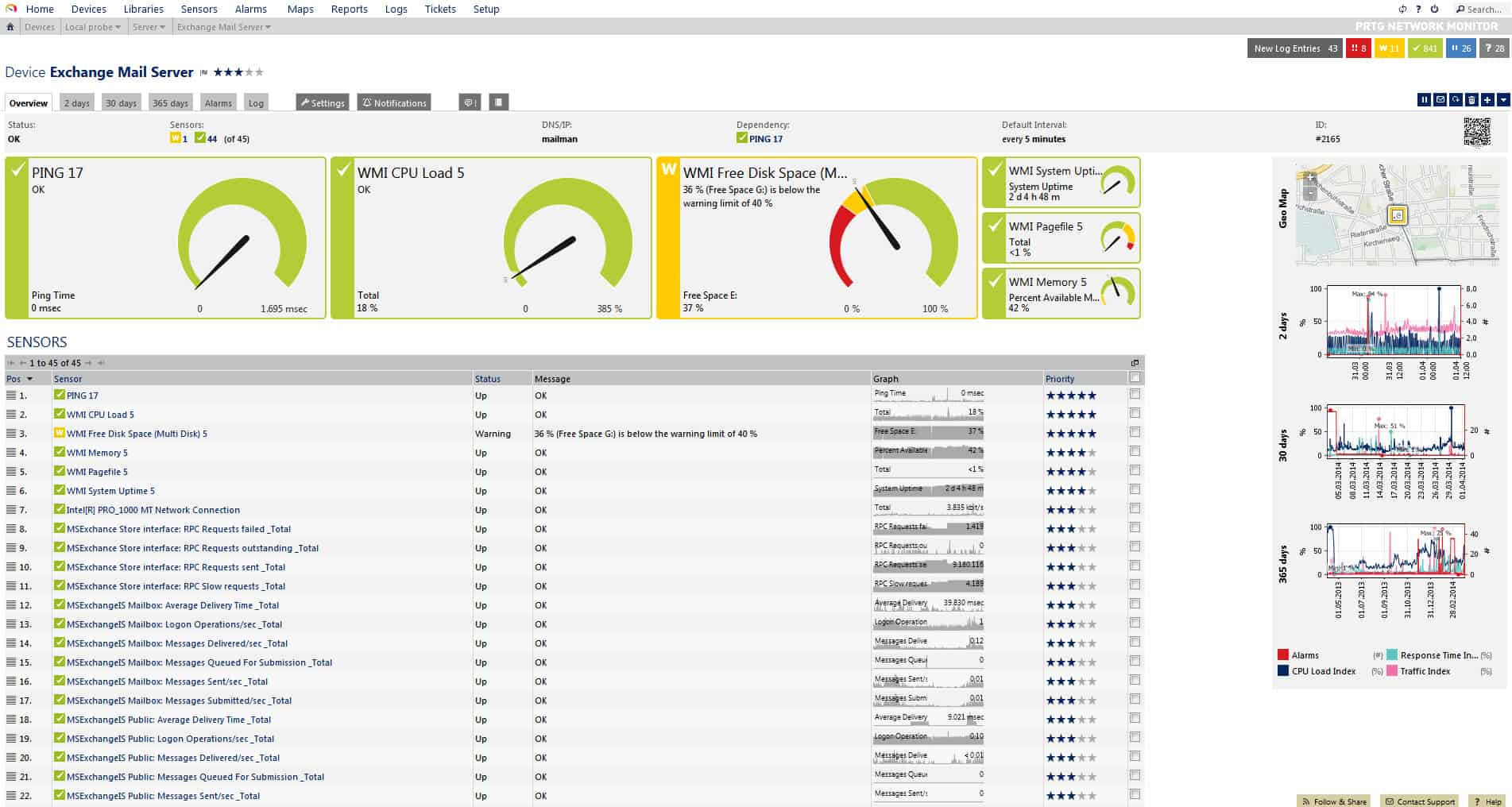
The manager queries the agents, gets responses, sets variables in them, and acknowledges events from them. Also known as a network management station (NMS), an SNMP manager is responsible for communicating with the SNMP-agent-implemented network devices. The SNMP manager is the central system used to monitor the SNMP network. The protocol’s client/server architecture has four components: They can include not just computers but also network switches, phones, printers, and so on. The clients, called agents, are any type of device or device component connected to the network. All of the information SNMP tracks can be provided to a product that asks for it. Using these requests, network administrators can track virtually any data values they specify. These messages are called SNMP Get-Requests. It can also report back how much bandwidth, CPU and memory are in use. SNMP works by sending messages, called protocol data units (PDUs), to devices within your network that “speak” SNMP.
Free snmp tools password#
SNMP can issue read or write commands, such as resetting a password or changing a configuration setting. These variables can then be remotely queried (and, in some circumstances, manipulated) by managing applications.

SNMP exposes management data in the form of variables on the managed systems organized in a management information base (MIB) which describe the system status and configuration. In fact, without a protocol like SNMP, there would be no way for network management tools to identify devices, monitor network performance, keep track of changes to the network, or determine the status of network devices in real time. Devices that typically support SNMP include cable modems, routers, switches, servers, workstations, printers, and more. The purpose of SNMP is to provide network devices such as routers, servers and printers with a common language for sharing information with a network management system (NMS). The most recent version of the protocol, SNMPv3, includes security mechanisms for authentication, encryption and access control. There are multiple versions of the SNMP protocol, and SNMP is so popular that most network devices come pre-bundled with SNMP Agents. This Protocol generally uses User Datagram Protocol (UDP) port number 161/162. SNMP protocol is an application layer protocol defined by the Internet Architecture Board in RFC1157.
Free snmp tools free#
Network admins generally manage the devices in a network and allocate and free up ports and interfaces to ensure continuous uptime and bandwidth-hog-free network operations.


 0 kommentar(er)
0 kommentar(er)
